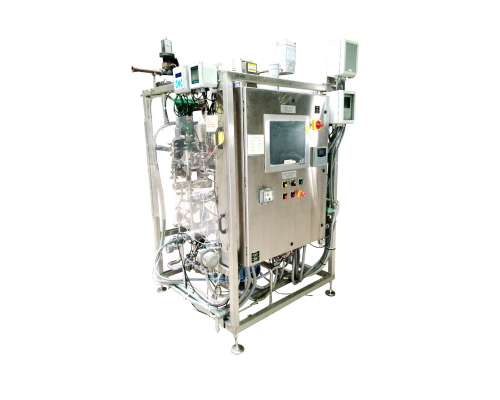Frozen turkeys are a staple for many households preparing Thanksgiving dinner. Behind the scenes, freezing turkeys involves sophisticated industrial refrigeration techniques that ensure safety, quality, and convenience. Once frozen, proper thawing becomes critical to maintain their flavor and texture. Here’s an in-depth look at how turkeys are frozen on a large scale and how to prepare them for the oven.
Industrial Freezing: Preserving Turkeys for Long-Term Storage
Industrial freezing is a meticulously designed process that preserves turkeys in their prime while preventing spoilage. The freezing process involves these key steps:
1. Pre-Freezing Preparation
Before freezing, turkeys are processed, cleaned, and packaged to prevent exposure to contaminants. Packaging typically consists of vacuum-sealed or shrink-wrapped materials that lock in moisture and prevent freezer burn.
2. Rapid Freezing Technology
The goal of industrial freezing is to minimize the formation of large ice crystals, which can damage the turkey's muscle fibers and compromise texture. To achieve this, turkeys are subjected to rapid freezing using advanced refrigeration equipment and methods:
-
Blast Freezing: This method involves high-velocity cold air (typically -30°F to -40°F) circulating around the turkey. The rapid airflow ensures even and quick freezing, locking in the turkey's natural juices.
-
Cryogenic Freezing: For some specialty products, liquid nitrogen or carbon dioxide is used to freeze turkeys almost instantaneously. This ultra-cold method is highly efficient but less common due to higher costs.
-
Plate Freezing: In some facilities, turkeys are placed between metal plates that conduct extreme cold, freezing them uniformly and quickly.
3. Storage in Cold Rooms
Once frozen, turkeys are stored in large industrial freezers maintained at temperatures around 0°F (-18°C) or lower. These cold rooms ensure the turkeys remain safely preserved until they are distributed to retailers.
4. Transportation with Cold Chain Logistics
To maintain the integrity of the frozen turkeys, they are transported using refrigerated trucks that keep the products at consistent freezing temperatures.
Proper Thawing
Thawing a frozen turkey properly is as important as freezing it correctly. Improper thawing can lead to bacterial growth, uneven cooking, or a compromised texture. Here are the three recommended methods for thawing, ranked by safety and convenience:
1. Thawing in the Refrigerator (Best Method)
- How to do it: Place the frozen turkey, still in its original packaging, on a tray or pan to catch any juices. Set it in the refrigerator.
- Thawing time: Allow 24 hours for every 4-5 pounds of turkey.
- Why it works: This method keeps the turkey at a safe temperature (below 40°F) throughout the thawing process, minimizing the risk of bacterial growth.
2. Thawing in Cold Water (Faster Method)
- How to do it: Submerge the turkey, still in its packaging, in a sink or large container filled with cold water. Change the water every 30 minutes to maintain a consistent temperature.
- Thawing time: Allow about 30 minutes per pound.
- Why it works: This method is faster than refrigeration but requires constant monitoring to keep the turkey out of the "danger zone" (40°F-140°F).
3. Thawing in the Microwave (Last-Resort Method)
- How to do it: Use the microwave's defrost setting, following the manufacturer's guidelines for your turkey’s weight.
- Thawing time: Varies by microwave but usually 6 minutes per pound.
- Why it works: Although fast, this method can lead to uneven thawing and partially cooked spots, which can compromise the final texture.
Thawing Mistakes to Avoid
- Don’t thaw at room temperature: Leaving a turkey on the counter can cause surface bacteria to multiply while the inside remains frozen.
- Don’t use warm or hot water: This accelerates bacterial growth and risks uneven thawing.

From Frozen to Feast
Freezing ensures that turkeys are preserved in peak condition, providing convenience for consumers and reducing waste. Proper thawing is the final step in the journey to transform a frozen bird into the star of Thanksgiving dinner. By following these guidelines, you’ll ensure your turkey is safe, juicy, and delicious when it hits the table.















